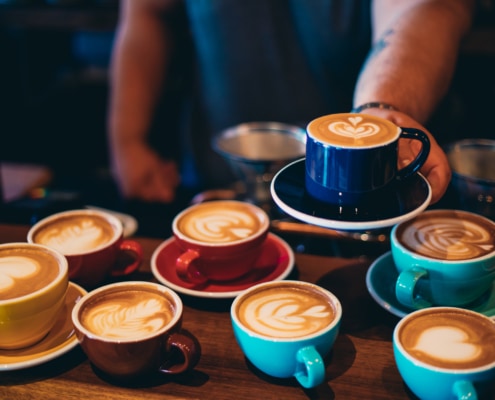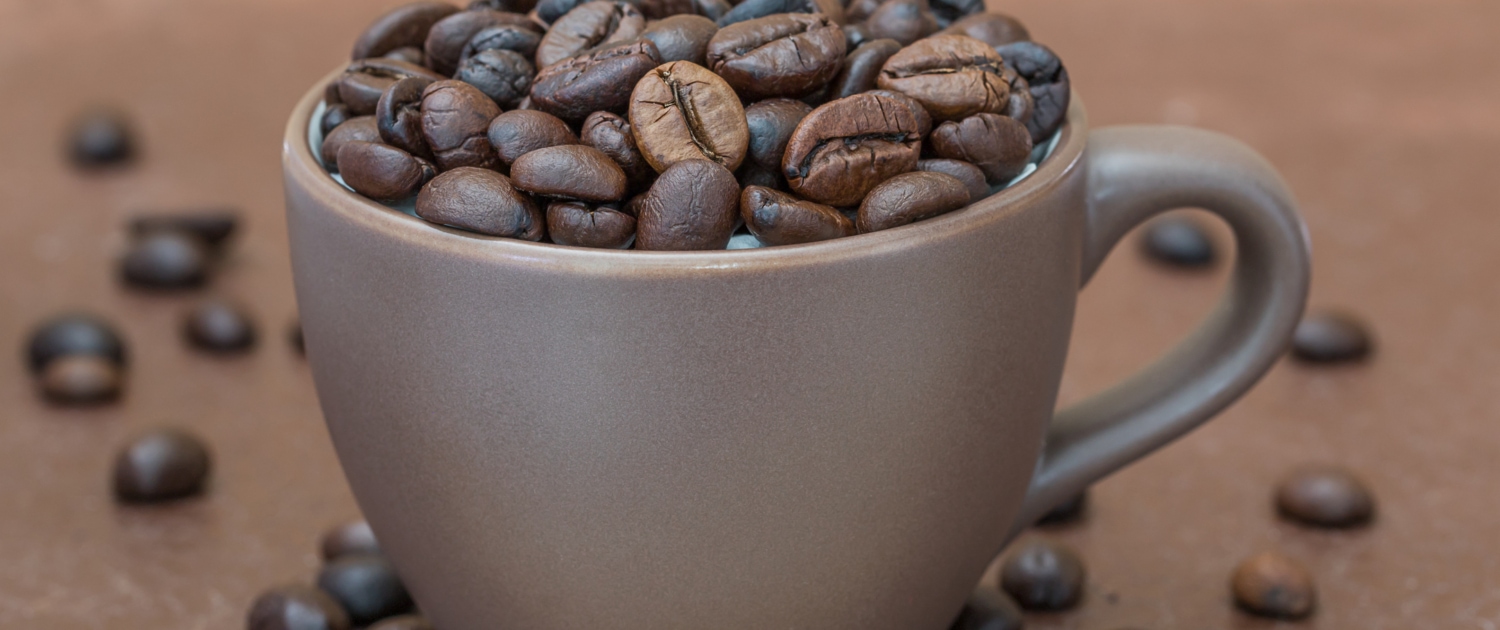What is Liberica Coffee
– The World’s Rarest Coffee Type –
There are many great aspects to talk about when it comes to our own created coffee universe.
Nowadays, you can literally choose from hundreds or even thousands of different coffee drink creations. Some are very popular like lattes or cappuccinos. But, there are also some rather strange versions to try and explore for us out there.
And, not only that. You can more or less find a coffee store at every street corner, today. Many coffee enthusiasts appreciate its daily caffeine boost. Which helps them to get through their daily lives more efficiently and energized.
Plus, this popular beverage provides us with a lot of great health benefits. Some coffee lovers even say that it makes them happier and live longer.
Now, the great majority of all of our entire world’s coffee consumption originates from two main coffee types. Firstly, there would be Arabica coffee. It roughly represents 60% of the entire market. And secondly, there is Robusta coffee, which merely makes up the remaining 40%.
However, there actually also exists a third and quite significant coffee type. Liberica coffee has actually been around for centuries already. Some coffee historians might even argue that it may have saved our world’s coffee supply at some point in time.
In general, the estimates go that probably 1 to 2% of all world’s coffee is actually from the Liberica type.
Its coffee beans are much bigger. Moreover, it tastes is supposedly superior to some coffee lovers. Hence, its price is usually also much higher.
Let us learn more about Liberica coffee. The today’s rarest coffee type in the world.
What is Liberica Coffee?
Some people say that Liberica coffee is like ‘cousins’ to Arabica and Robusta.
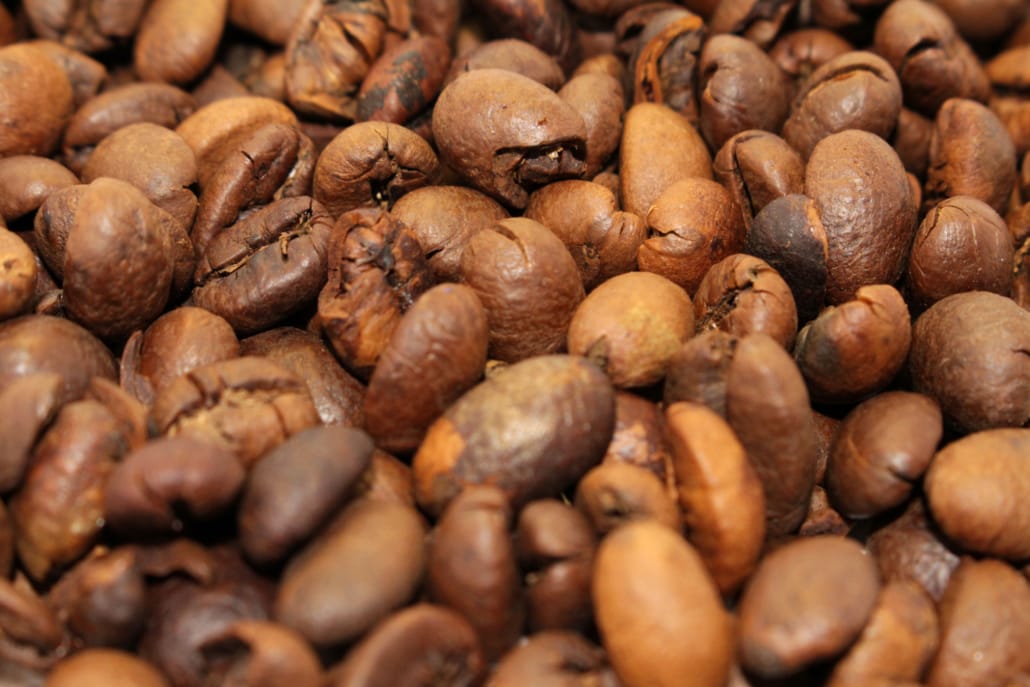
This coffee type is far less known in the coffee world, today. Economists may even argue that it is less than 1% of the global coffee production.
Therefore, we can surely call it a rare species. And, it may even be close to extinction. But, luckily, there are some regions in the world that are still successfully growing Liberica coffee until this day. We will mention a few of these regions a bit further down this article.
Its Origin, Cultivation and Use
Technically speaking, coffea liberica, or also Liberian coffee, is a species of flowering plant in the family Rubiaceae from which we are producing coffee.
Originally, Liberica coffee comes from the western and central area of today’s African nations such as Liberia, Uganda and Angola.
Throughout the centuries, the coffee type migrated further to East Asia. Assumingly, British traders and colonists introduced Liberica coffee to other regions around 500 years ago. Nowadays, coffee farmers from Malaysia, Philippines, Indonesia, Seychelles, the Andaman & Nicobar Islands are still primarily growing it.
Naturally, the Coffea liberica tree grows up to 9 meters in height. Typically, it produces much larger, leaves, coffee fruits and beans compared to Arabica and Robusta types. Therefore, some people also like to call them ‘elephant beans’.
Liberica Coffee – The Savior of Today’s Coffee?
Maybe, Liberica coffee is harder to come by these days. But, there was a point in time when this coffee type had quite an important role in our world’s coffee history.
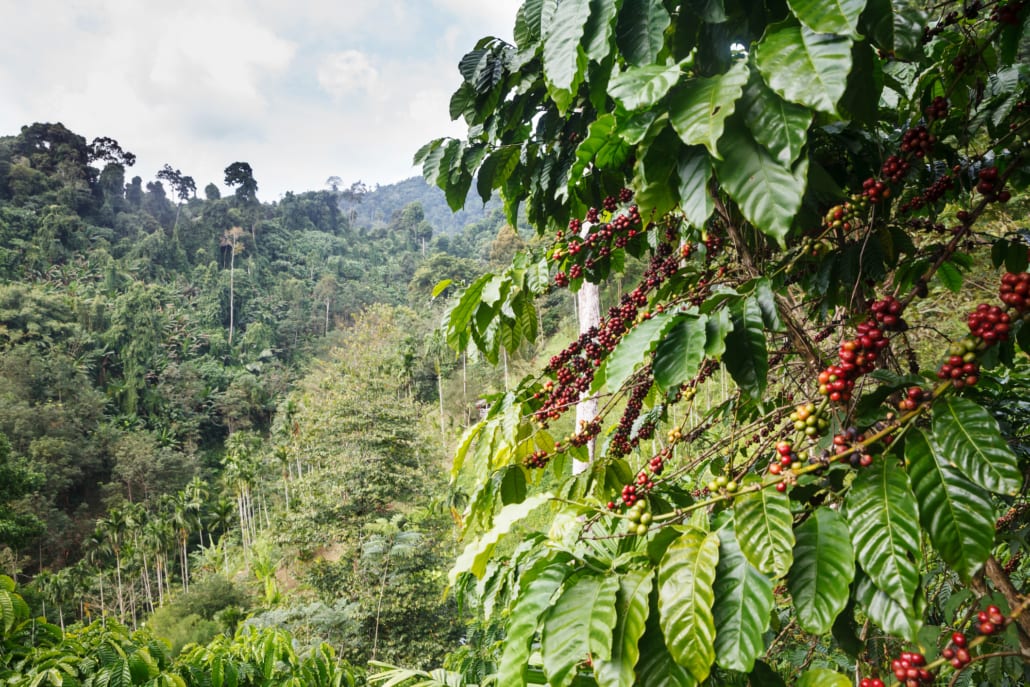
In 1890, coffee rust dramatically decimated over 90% of the world’s Arabica coffee stock. Due to this disease, there was a devastating die-off of especially Arabica plants all around the world.
The disease gets its name from the light brown and powdery appearance of a fungus, called Hemilia vastatrix, which looks like iron rust. Furthermore, once your plants are infected with this fungus. There is only little you can do. Eventually, the plant loses all of its leaves and its ability to still produce coffee beans.
Desperately scrambling for any solutions, farmers and traders alike turned to the Liberica coffee plant. Actually, the first country to really try was the Philippines. Back then, the tropical island nation was still U.S. territory. Overall, this decision greatly helped the Philippines’ economy. Because, they were the only real supplier for a time.
Soon after, some other nations like Malaysia and Indonesia followed in their footsteps.
If you are comparing Liberica coffee to Arabica coffee plants. The plant is much more resistant to pests and diseases. It is more adaptable to hot climates. And, Liberica coffee can also grow at much lower altitudes, such as the Robusta type as well.
For a short period of time, this made it the perfect replacement for our increasingly growing coffee demands. And, therefore Liberica coffee should have its rightful place in our colorful history of coffee.
Nonetheless, even though you can find traces of Liberica coffee in many of today’s Arabica and Robusta types. These are clearly the two main coffee types of our today’s coffee world.
Arabica and Robusta
In order to further understand the role, differences but also maybe similarities of Liberica Coffee. Let us have a quick look at the two most popular coffee types these days.
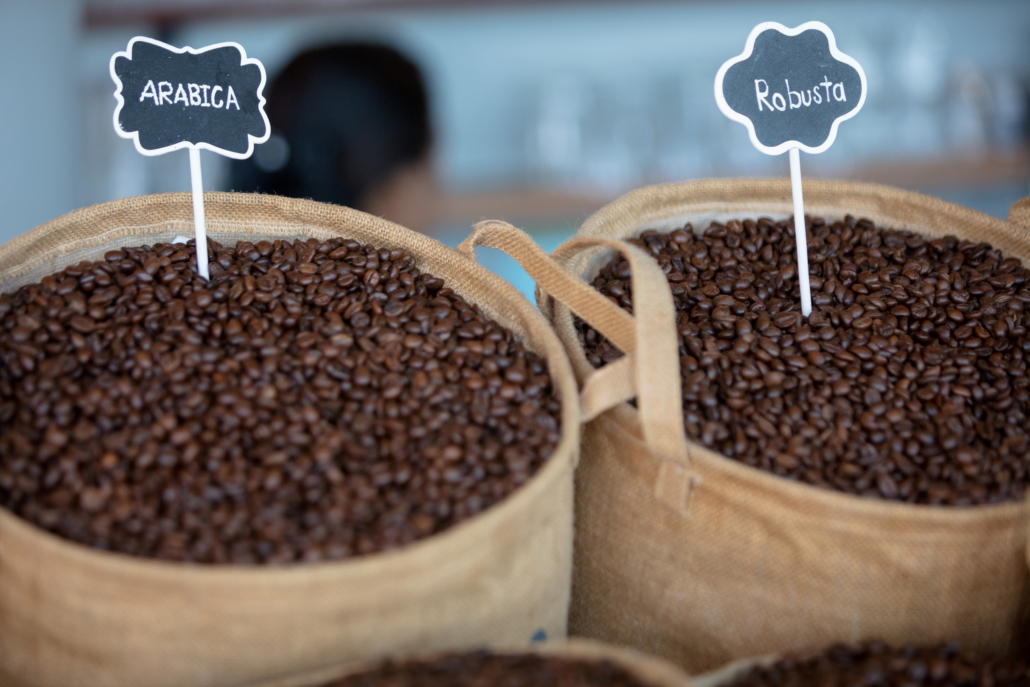
Arabica Coffee
You are probably very much familiar with this most commonly produced coffee bean already.
Nowadays, Arabica coffee accounts for almost 60% of the entire world’s coffee production.
In general, Arabica beans grow at much higher altitudes. Typically, preferred growing areas receive steady rainfall and provide a sufficient amount of shade. Commercially grown Arabica coffee plants are usually quite easy to take care of. This is at least the case when it comes to harvesting. Because, they are relatively small and also therefore easy to prune.
Most coffee drinkers believe Arabica coffee to be the most delicate one of all coffee types.
However and besides a maybe easier way of harvesting Arabica plants, they otherwise require much more care than Robusta or also Liberica types. Arabica plants are easily influenced by its environment and any changing weather conditions. Plus, they are also very vulnerable and sensitive to be damaged by any diseases. Hence, it sometimes can take double the effort to keep them healthy.
But, this is also one reason why Arabica coffee is usually superior and sold more expensive. Yes, it may cost more to produce. But, the demand for Arabica is quite high on the worldwide coffee market.
Typically, higher quality Arabica coffee beans have a bright body. And, they possess a satisfying amount of acidity. Lastly, they tend to have a very diverse range of multi-layered flavors and aromas.
If you want to learn more about Arabica coffee, you can click here.
Robusta Coffee
As we learned already, Robusta Coffee is the second most popular coffee type these days.
Its name, ‘robusta’, actually already speaks for itself. Robusta coffee is simply much more robust compared to Arabica coffee. Moreover, this variety is extremely tolerant of its environment and practically immune to most diseases.
Furthermore, Robusta coffee can not only withstand any sudden or more demanding climate conditions much easier. It also grows at lower altitudes. Particularly, it prefers a hot climate where rainfall is maybe even irregular.
In addition, Robusta coffee beans naturally have almost double the caffeine content than Arabica beans. Essentially, caffeine is what makes Robusta plants so ‘robust’.
Usually, Robusta beans have a smooth texture, low acidity. And, they often have hints of chocolate associated with their flavor profile. Since, it is cheaper to produce it in larger amounts, you can find many blends with Arabica coffee types. Plus, most of the world’s decaf coffee production is based on Robusta coffee.
If you want to learn more about Robusta coffee, you can click here.
How Does Liberica Coffee Taste?
Overall, there are different opinions when it comes to the taste of Liberica coffee.
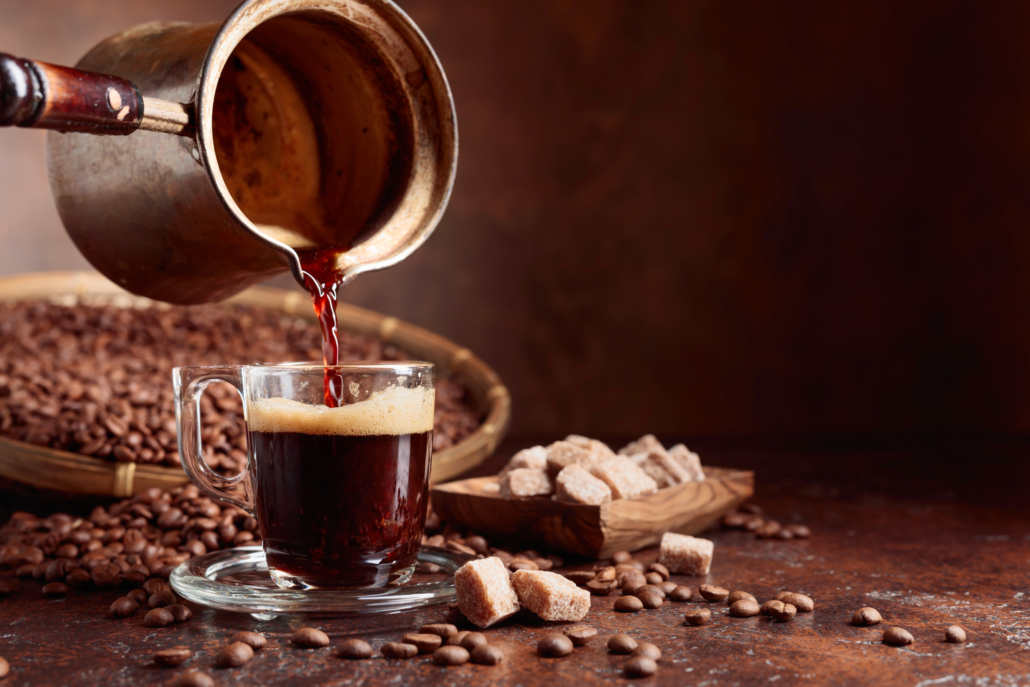
Some coffee experts describe it to have a unique aroma. Which mainly consists of floral and fruity notes. Furthermore, the full body possesses a smoky taste. And, those people who have tried Liberica coffee already say that it is unlike any other usual coffee. Some coffee enthusiasts even find it to not taste like regular coffee at all. In fact, it rather tastes a bit too ‘woody’.
However, it also depends on where your Liberica coffee might originally comes from.
For example, a few Malaysian coffee producers have started to focus on specialty grade Liberica. Some of the produced flavors are quite astounding. Especially the ones produced by a farm name My Liberica from the Johor-province close to Singapore. Quite interestingly, this coffee type is very rich in sweetness and contains almost no acidity.
In fact, some coffee lovers describe this Liberica coffee to be definitely one of sweetest coffees on earth. It is absolutely flavorful, with a thick jammy juiciness and quite intense sweetness.
Most likely, Liberica coffee will maybe never fully replace other types such as Arabica anymore. But, it can still serve as a great supplement. And, many coffee plantations have specialized in this coffee type with remarkable results for an overall pleasant coffee experience.
Indeed, this may be the only way to economically keep Liberica coffee alive.
According to some farmers, the only promising option is to produce high quality specialty grade Liberica coffee. So, you can sell it at a premium level. Which enables farmers to survive and sustain their livelihood.
Sadly, this seems to be the only way for Liberica coffee continuing to still exist in our today’s coffee world.
Where to Find Liberica Coffee Today?
Here are some of today’s best known and successful nations to grow Liberica coffee.
In general, it is quite difficult to get a hold of Liberica coffee these days. This is due to the low number of coffee producers planting it in the first place.
So, where can we find these specialty beans?
Malaysia
We talked about Malaysia and Liberica coffee in this article a few times already now.
It is really astonishing. Liberica coffee roughly accounts for 95% of all coffee grown in the country. And, that is also why you can literally find this coffee type in any local Malay coffee shop. In fact, local Malay coffee drinkers are already very much used to the ‘kaw’ or strong taste of Liberica coffee.
They very much appreciate it and just love to order a perfect cup of kopi in a local kopitiam. ‘Kopi’ means coffee in Malay language. And, ‘tiam’ stands for shop in local Hokkien and Fujianese language.
Moreover, if you want to get your own hands on some Liberica coffee beans to brew or roast them yourself. Malaysia and its coffee market are a good place to do so.
As already mentioned, Malaysia’s largest Liberica bean producer is My Liberica. It is a homegrown company. Furthermore, the producer only owns one coffee plantation and processing mill in Kulai, Johor, which is close to the Singaporean border. But, My Liberica also operates a roastery in nearby Johor Bahru as well. And, they run several cafés in Johor Bahru and Kuala Lumpur as well. Here, you can try this quite sweet coffee drink on spot yourself, if you like.
Philippines
Locally, people better know Liberica coffee as ‘Kapeng Barako’, which simply means Barako coffee.
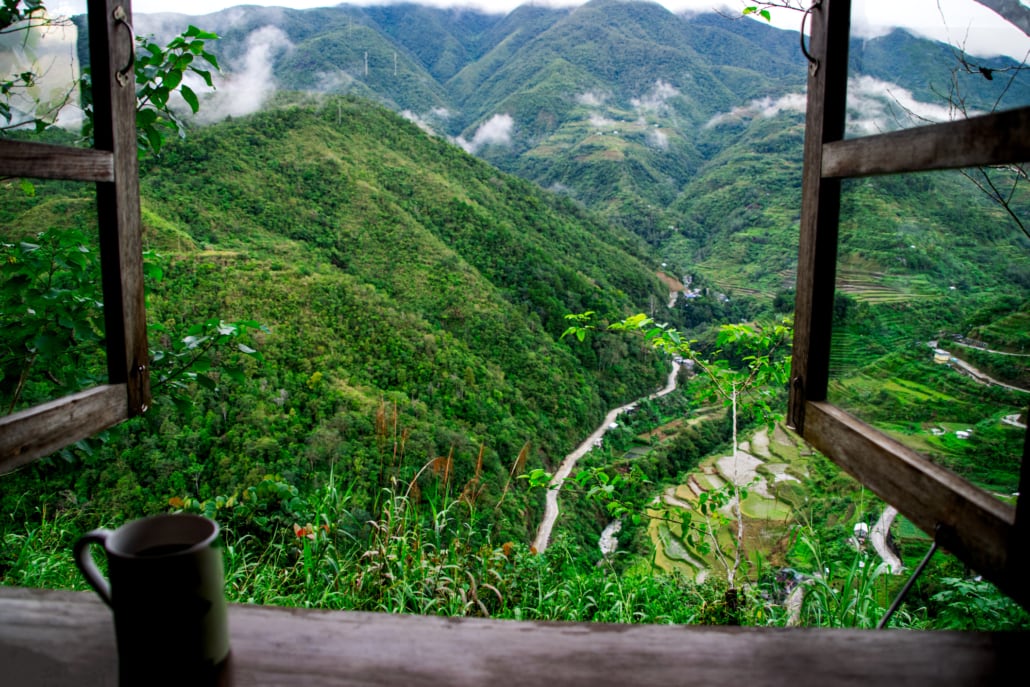
Most commonly, farmers grow Liberica coffee in the provinces of Batangas and Cavite of the Philippines. In total, about 4% of the entire nation’s coffee production comes from Liberica coffee.
Traditionally, coffee makers are serving it either simply black or sweetened with muscovado sugar. Especially among the older generations, Barako coffee is an essential part of their daily morning routine.
However, Liberica coffee has also recently become more popular among other local coffee enthusiasts as well. Some people are even talking about the ‘comeback of Barako coffee’.
If you want to try it, you can find it at the Café de Lipa, for example. This coffee chain company has outlets all across the Philippines.
Indonesia
In general, Indonesia is clearly one of the top coffee producers worldwide.
The nation successfully grows and exports all main types of coffee beans. Liberica coffee was first introduced by European colonists. But, the coffee type quickly fell out of favor with local coffee farmers. This was mainly due to the new arrival of Robusta beans later on. Robusta coffee beans required even less maintenance and were smaller in size.
Nonetheless, and even until today, some farmers are still commercially growing Liberica coffee. This is mainly happening in the provinces of Riau and Jambi.
Typically, Indonesian Liberica coffee is sold locally by smallholders only. But, you can also find some via online retailers such as Lazada or Tokopedia, for example.
The Bottom Line – Liberica Coffee
As you can see, there are still a few ways to get our hands on some Liberica coffee beans.
If you ever get the opportunity, please give it a try. You will be surprised how different it tastes compared to the usual coffee flavors and aromas you are maybe more used to.
Hopefully, there will always be some farmers being able to commercially grow and trade this exciting coffee type in a sustainable way. Liberica coffee maybe once helped to save our coffee culture in a significant way. Nonetheless, it seems to be close to extinction these days. And therefore, Liberica maybe became the rarest coffee type in our today’s world.
However, there are also still many people and even some growing numbers still appreciating this coffee type and therefore keeping the tradition alive.
So, how about you?
Did you maybe try Liberica coffee already? How does it taste like for you? What is most interesting or extraordinary for you when it comes to Liberica coffee?
If you have not tried it yet, would you be open to the idea of doing so?
Feel free to share your thoughts and experiences with us.
Until then, stay safe, healthy and properly caffeinated.
Cheers!
Related Posts
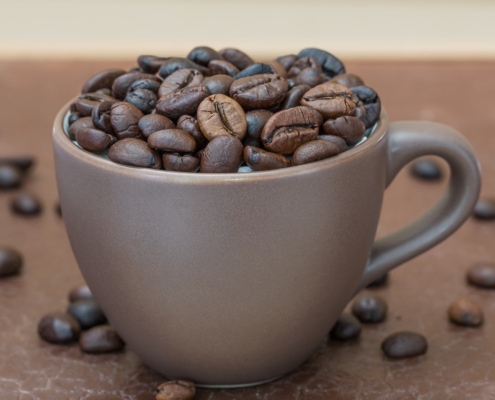
What is Liberica Coffee – The World’s Rarest Coffee Type –
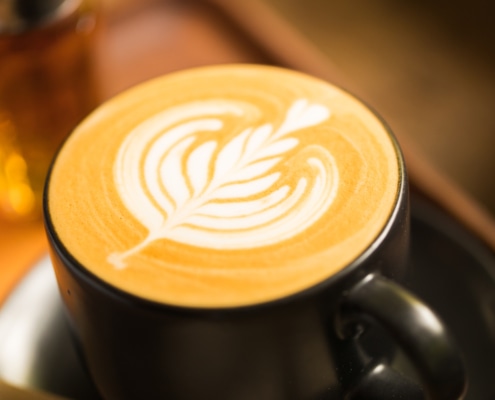
What is Latte Art – Its Fundamentals, History and Techniques –
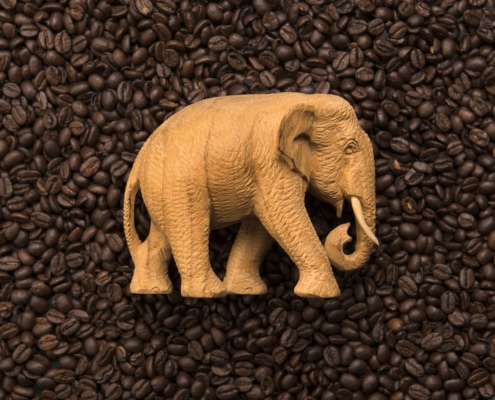
Elephant coffee – The new luxury coffee – How great is it?
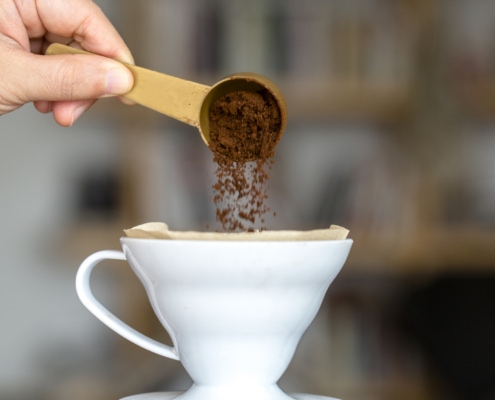
Filter Coffee and Instant Coffee – What’s the Difference? –

Cappuccino and Latte – What’s The Difference –
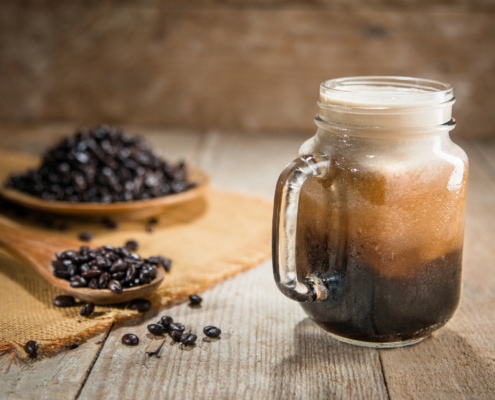
Nitro Coffee or Regular Coffee – Which is Better –
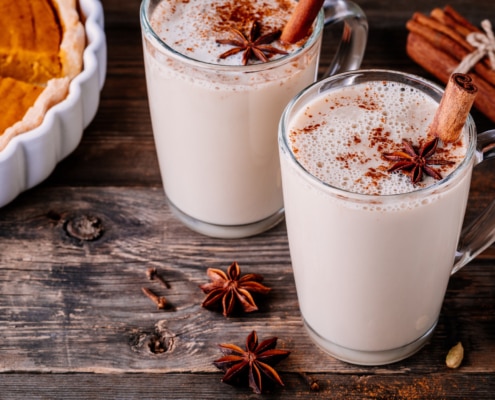
What is a Dirty Chai or Chai Tea Latte – A Complete Overview –
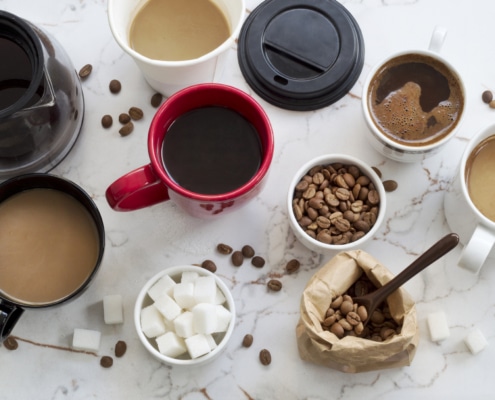
Filter Coffee and Espresso – What is the Difference? –
